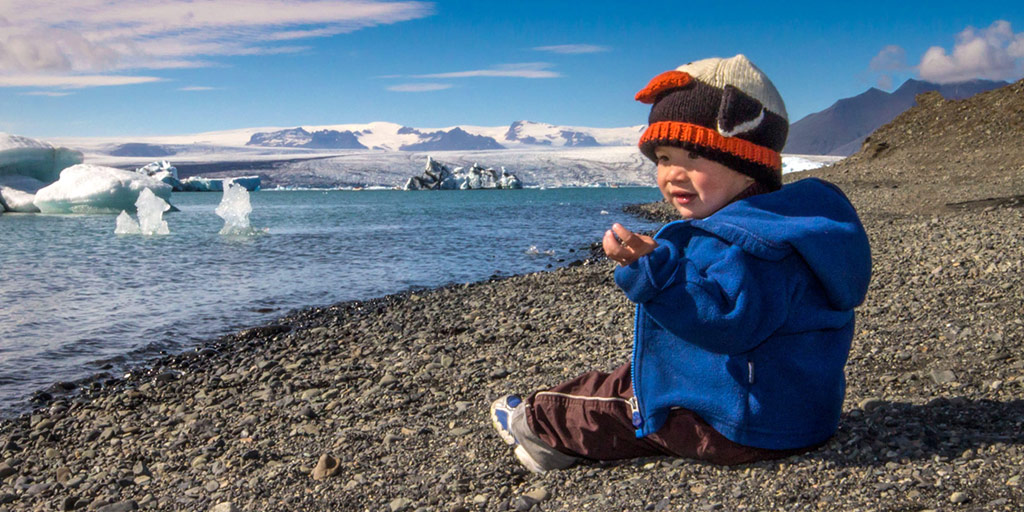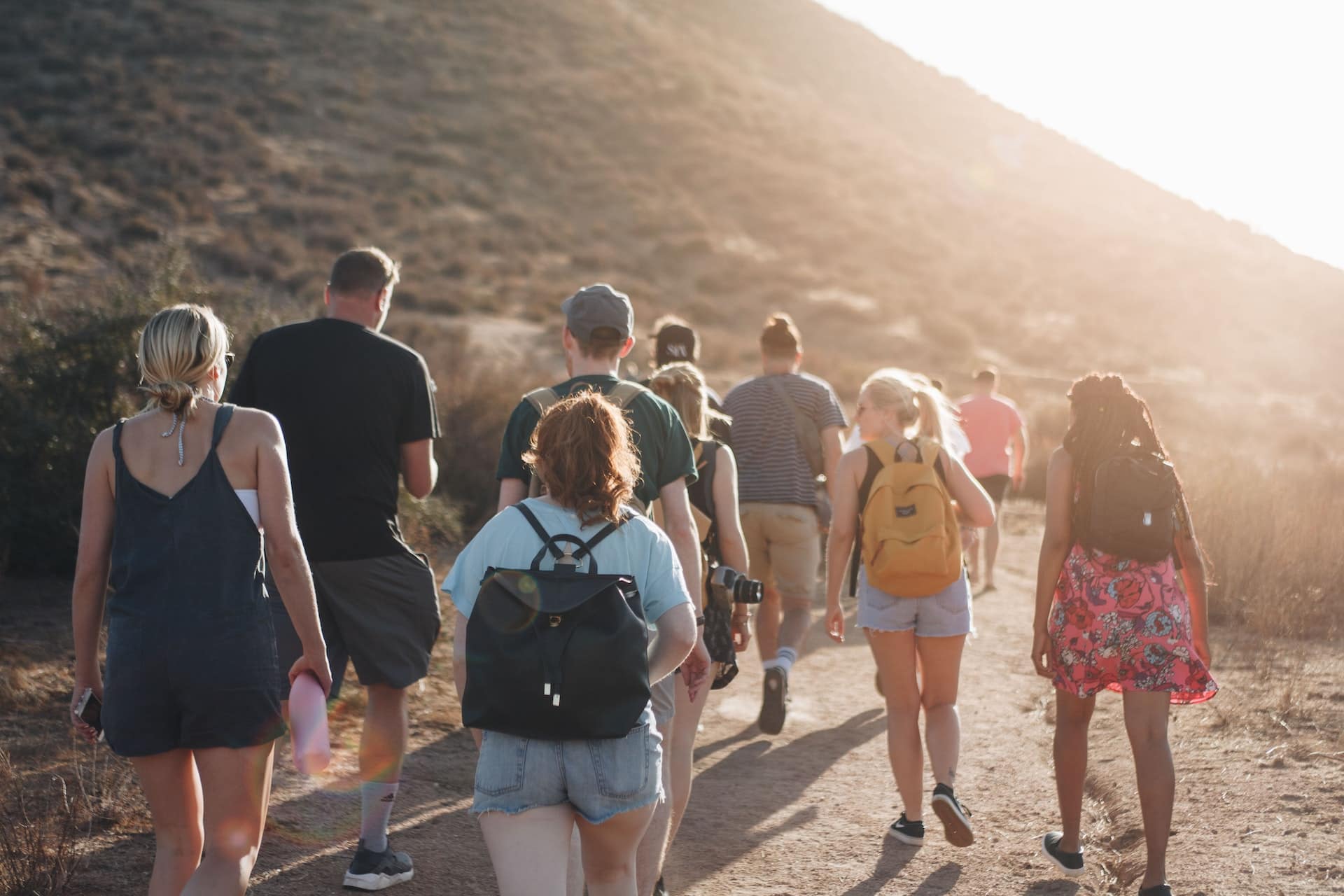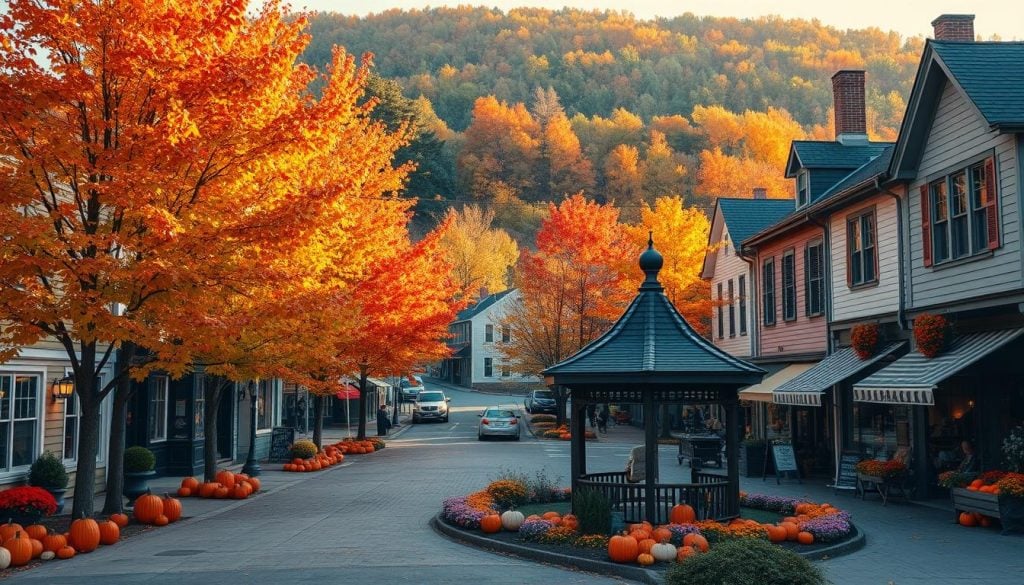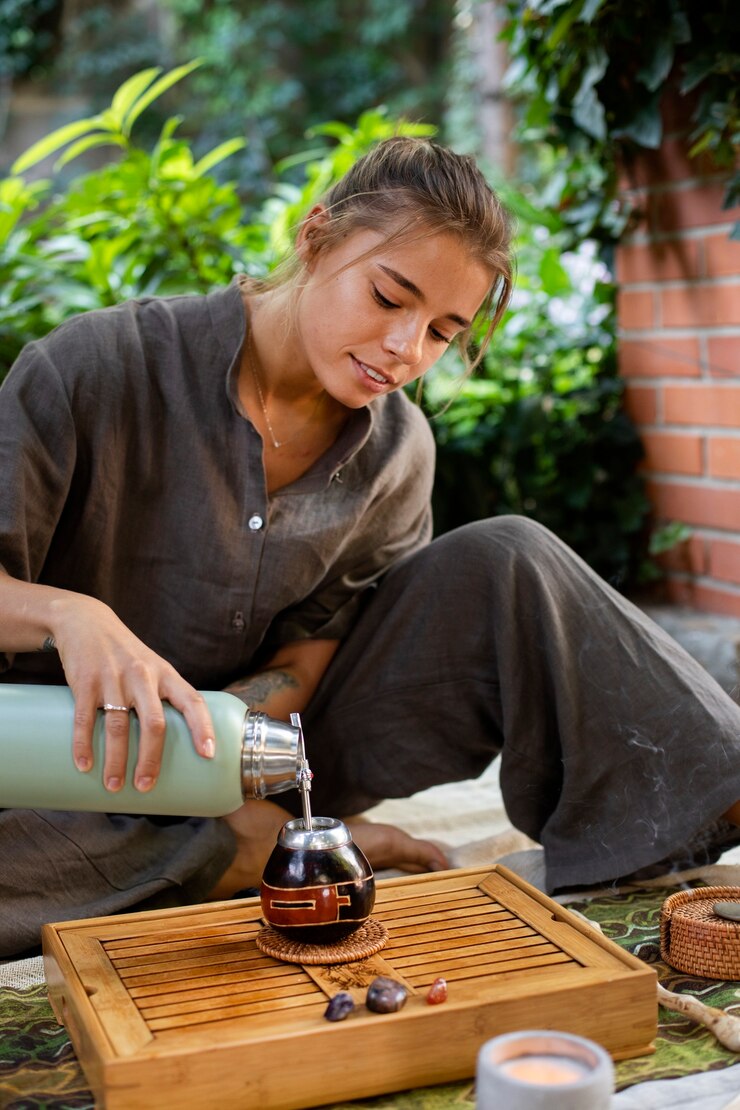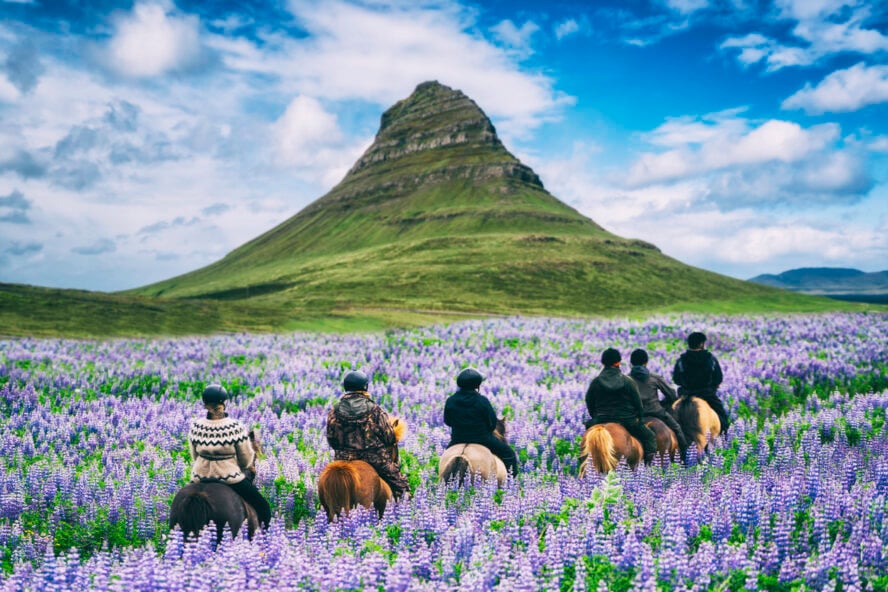
Is there a “best” time to visit Iceland? With ever-changing skies, unpredictable storms, and magical midnight suns, Iceland keeps you guessing. Here’s what travelers (and locals) are saying.

When is the best time to visit Iceland? Explore each season through locals’ insights and real traveler stories—from sunny surprises to relentless storms. Discover how to plan the perfect Iceland trip, rain or shine.
Introduction: Iceland, Where the Weather Has the Final Say
If there’s one thing Iceland is famous for—beyond its waterfalls, volcanoes, and northern lights—it’s the weather.
Ask ten travelers when the best time to visit Iceland is, and you’ll hear ten different answers. Some will recall summer sun under the midnight sky, while others will describe relentless wind and fog that seemed to chase them around the island.
Even locals, who have lived through Iceland’s climate for decades, now say: “The weather of our youth is gone.”
This guide isn’t just about temperatures or daylight hours. It’s a curated collection of authentic traveler voices, local wisdom, and practical insights to help you decide: When is the best time for you to visit Iceland?
🌞 Summer in Iceland (June – August): Long Days, Wild Weather
The Good:
24-hour daylight in June and July, ideal for road trips and photography
Most roads and attractions fully accessible
Lush landscapes, blooming lupines, and rich greens
Wildlife spotting: puffins, whales, and Arctic foxes
The Not-So-Good:
It’s still Iceland: weather can be unpredictable
Peak tourist season — higher prices, more crowds
Rain and fog can spoil views, even in June
“We did a 10-day Ring Road trip in late June. It rained every single day. We couldn’t see the mountains because of the low fog—it was like the storm followed us.”
— Disheartened Traveler
But not everyone had the same experience…
“I’ve visited Iceland twice in June—once for 8 days and once for 11. It rained only once in total. I’d still bet on June for the best odds of dry skies.”
— Optimistic Explorer
Local tip: June statistically has the lowest rainfall, especially in the south and east. However, pack full rain gear and waterproof hiking boots anyway—weather luck is real, and you can’t count on sunshine.
🍂 Autumn in Iceland (September – October): A Magical Transition
The Good:
Cooler temperatures, but not yet freezing
Fewer tourists and more peaceful experiences
Start of northern lights season
Vibrant autumn colors in the highlands and countryside
The Not-So-Good:
Days are getting shorter fast
Some campsites, restaurants, and F-roads start to shut down mid-to-late September
“We went in mid-September and it was amazing. Great weather, fewer people, and we even saw the aurora. Just don’t wait too long—some places were already closing when we arrived.”
— Fall Enthusiast
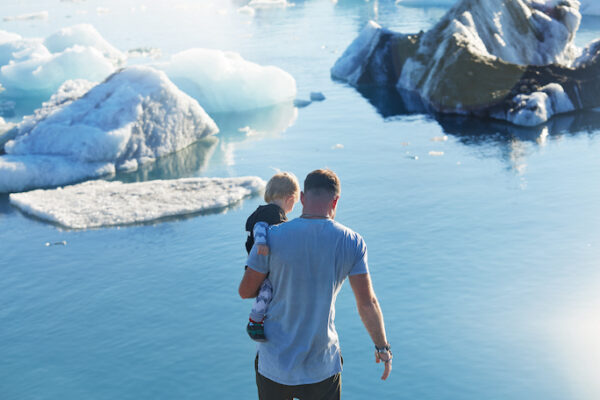
If you’re not afraid of chilly air and want a balance of access, beauty, and tranquility, early September might be the golden ticket.
❄️ Winter in Iceland (November – March): Aurora Dreams and Arctic Drama
The Good:
Northern lights visible from most places on clear nights
Fewer tourists and lower prices on accommodation
Magical, snowy landscapes—perfect for photographers and romantics
Opportunities for ice cave tours and winter adventures
The Not-So-Good:
Short daylight hours (as few as 4-5 hours in December)
Strong winds, snowstorms, and hazardous driving conditions
Some attractions may be inaccessible without a 4×4 or tour
“We went in November and saw the aurora twice. Barely any crowds. One day was crazy windy, but it was still the best trip we’ve ever had.”
— Aurora Hunter
“We hit a whiteout blizzard while driving in the north. It was terrifying… and somehow turned into the most memorable day of the trip.”
— Winter Warrior
Pro tip: If you’re not experienced with snow driving, book guided tours instead of renting a car. Icelandic winter can be fierce and unforgiving.
🌱 Spring in Iceland (April – May): The Quiet Before the Rush
The Good:
Shoulder season discounts on flights and stays
Fewer tourists and a peaceful, serene vibe
Melting snow gives way to gushing waterfalls
Longer days and gradually warming temperatures
The Not-So-Good:
Some roads still closed due to snow
Unpredictable weather—could be spring-like or a full-on snowstorm
Spring is great if you want a budget-friendly adventure with a chance to enjoy Iceland’s raw, rugged beauty—without summer crowds.
🎒 The Real Secret: There Is No “Best” Time—Only Your Time
Iceland doesn’t cater to comfort. It asks for presence.
Whether it’s eating lunch in the sun in Seydisfjördur with shorts and a smile, or navigating heavy fog through the East Fjords, what you remember most won’t be the weather—it’ll be how alive you felt.
“It’s 3 AM and I’m experiencing my first true midnight sun. The sky is glowing pink and orange. I don’t know if it’s sunset or sunrise—and I don’t care. It’s magical.”
— Midnight Wanderer
📅 Quick Summary: When to Visit Iceland
Season Best For Trade-offs
June – Aug Midnight Sun, road trips, access Unpredictable rain, high prices, more tourists
Sept – Oct Northern lights, fewer crowds, colors Some closures, cooler temps
Nov – Mar Northern lights, snow adventures Cold, short days, weather extremes
Apr – May Budget travel, waterfalls, fewer crowds In-between weather, some limited access
🧭 Final Travel Tips for Iceland (Any Season)
Pack layers — even in summer. Windproof and waterproof gear is essential.
Don’t over-plan. Let the weather guide your days. Stay flexible.
Use SafeTravel.is and Vedur.is to monitor road conditions and weather alerts.
Rent a 4×4 if traveling outside summer, or stick to tours.
Book early for summer trips, especially accommodations near popular areas.

